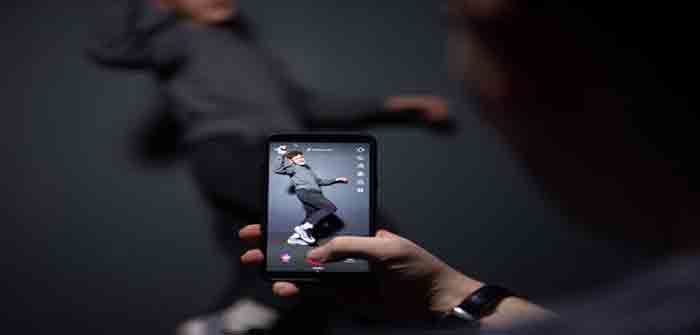
by Emily Mangiaracina at LifeSite News
A study recently published by the National Center for Biotechnology Information (NCBI) proposed that wireless communications radiation, including 5G, may contribute to COVID-19 symptoms.
The evidence for the connection between COVID and 5G, as well as other forms of wireless communications radiation (WCR), consisted of two main findings: the statistical correlation between COVID-19 symptoms/mortality and area-specific WCR intensity, including that of 5G; and the overlap between WCR effects on the body, and COVID-19 symptoms.
Authors Beverly Rubik and Robert R. Brown began by drawing attention to a May 2020 study showing a “statistically significant correlation between the intensity of radio-frequency radiation and mortality from SARS-CoV-2 in 31 countries throughout the world,” as well as a U.S. study that found that areas with 5G technology had significantly higher COVID-19 case and death rates, independent of population density, air quality, and latitude.
The U.S. study focusing on the 5G connection to COVID-19 made three different kinds of analyses and found that 5G technology was a “statistically significant factor for the higher [COVID-19] case and rates in all three analyses, while population density, air quality and latitude were significant for only one or two of the analyses.”
Rubik and Brown then drew a comparison of bioeffects from WCR, including 5G, and COVID-19 symptoms, showing a list of overlapping physical effects.
Symptoms from both WCR and COVID-19 included blood changes such as short-term rouleaux (blood “clumping”), and long-term reduced hemoglobin (in severe COVID-19 cases); oxidative stress and injury in tissues and organs; immune system disruption, including suppression of T-lymphocytes and elevated inflammatory biomarkers; increased intracellular calcium, which facilitates virus entry and replication; and arrhythmias (heart beat irregularities).
Rubik and Brown highlighted the fact that glutathione…
Continue Reading